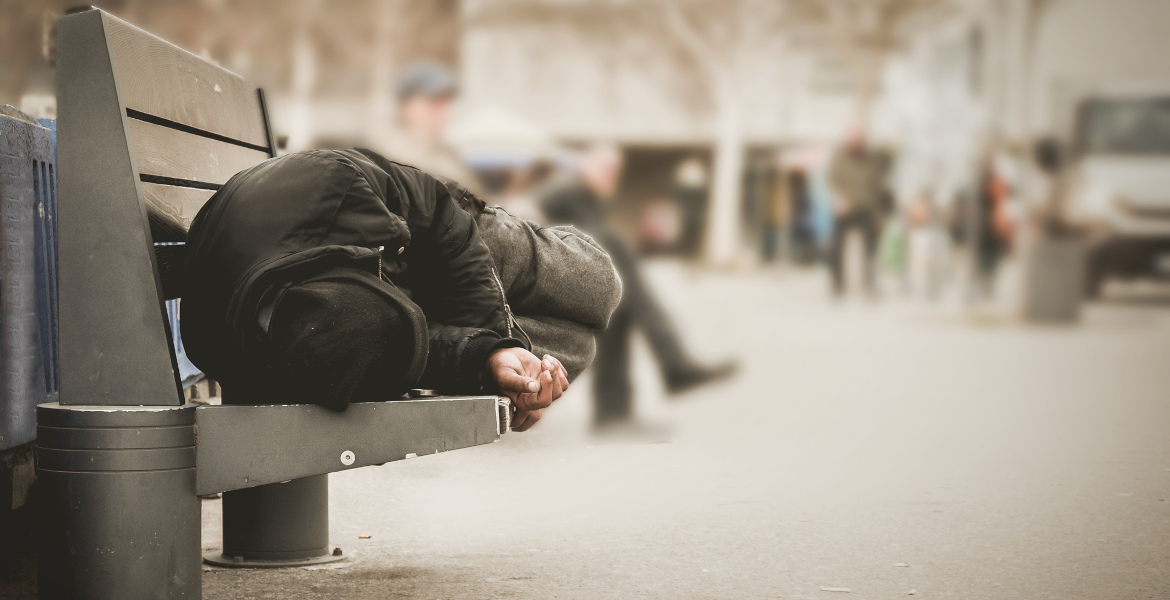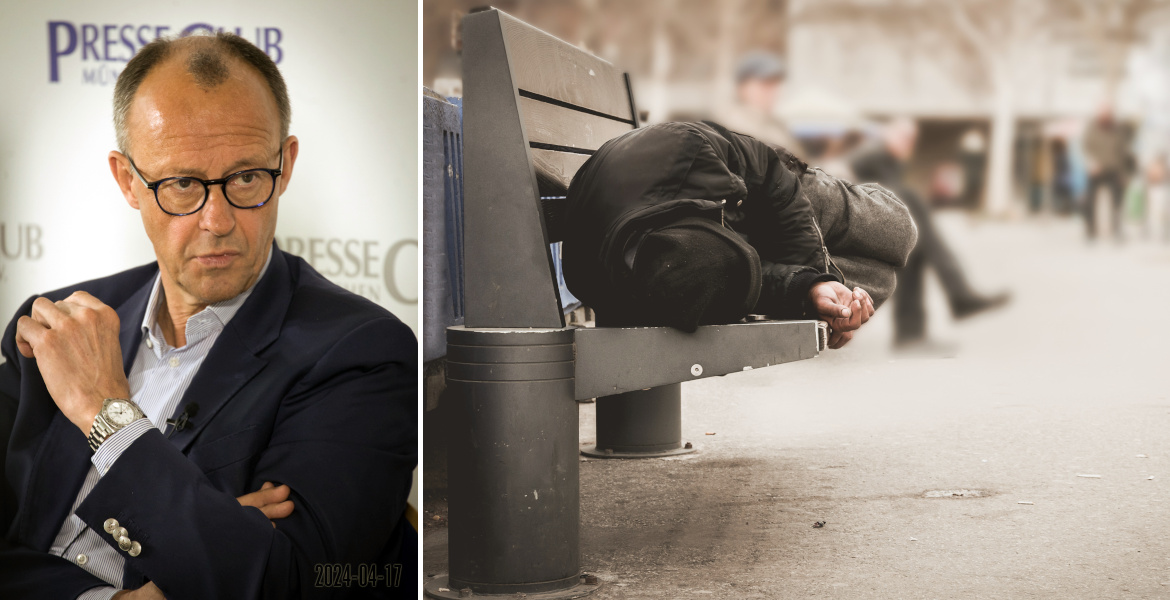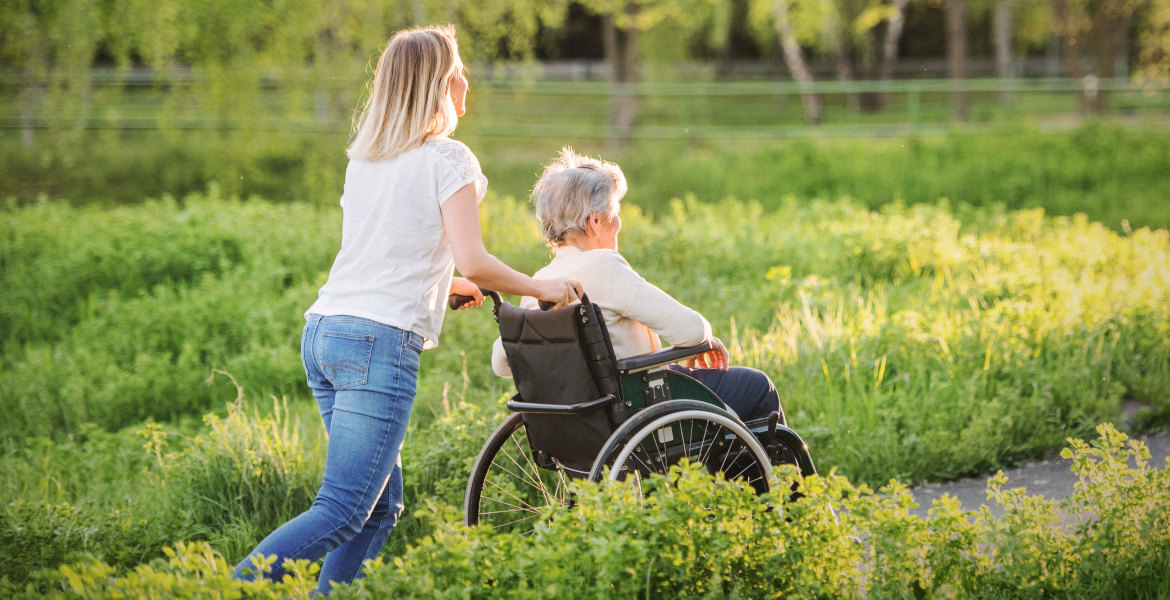Finland has long been a model in the fight against homelessness, but now the trend is reversing.
For the first time since 2012, the number of homeless people is increasing – and street homelessness among young people is rising sharply.
Julius Virtavuori has lived without permanent housing for over two decades. When Yle (Finnish public broadcaster) meets him at the Tupa supported housing facility in Helsinki, Finland, he reflects on his situation.
— It’s quite a long time. I think these are probably the last years I’ll be in this situation. There are apartments in Finland after all.
The hardest part is the feeling of lacking goals, he tells them.
— You take one day at a time. There’s nothing to build your life on long-term. And the side effects that homelessness brings – a certain use of intoxicants. That boom is long past for me, now I just take it easy.
Successful model under pressure
Julius’s situation is not unique, but Finland has for many years worked systematically to reduce homelessness. The country has been a pioneer in Europe, primarily through the so-called “Housing First principle”.
The model means that homeless people first receive their own apartment with a rental contract, and then support services tailored to individual needs. Instead of requiring people to first solve their social or health problems to qualify for housing, the order is reversed – housing comes first. The approach has received broad international attention and shown good results.
But according to a recent report from the Housing Finance and Development Centre of Finland (formerly ARA), the trend has been broken. For the first time since 2012, homelessness is increasing again.
At the end of 2024, 3,806 homeless people were registered in Finland. Particularly alarming is the increase in rough sleeping – people sleeping outdoors, in stairwells, or in temporary shelters. A total of 649 people lived under these conditions, which is 230 more than the previous year.
However, the figures are only indicative, as homelessness is difficult to measure exactly. A person who sleeps at an acquaintance’s place one night may be forced to sleep on the street or in a stairwell the next night.
“Very alarming”
Emergency housing units report a sharp increase in young people falling outside society’s support measures and being forced to sleep on the street.
Jussi Lehtonen, service manager at the organization Vailla vakinaista asuntoa (Without Permanent Housing), has worked with homelessness issues for over 30 years. He sees the increasing youth homelessness as particularly worrying.
— It’s very alarming, because young people have their whole lives ahead of them. It shows for years afterward if they end up in that situation. And it would be very important to get them out of that situation quickly, says Lehtonen.
He believes that homelessness is often a consequence of too few affordable homes combined with cuts in benefit systems, which has made it harder for people with small incomes to manage financially.
— Ending up on the street is harmful in many different ways. For some, homelessness becomes chronic. The social network is reformed, and you have quite a lot to do with people who are on the street. Anyone understands that’s not good, Lehtonen states.









